What is algae?
1. Microscopic plant that requires light for photosynthesis
- Uni-cellular or multi-cellular
- Motile or immotile
- At night, shifts from O2 production to consumption (respiration)
2. Thrives in the top 15–18” of the water column
3. Requires carbon dioxide (CO2) and bicarbonate ions (HCO3) to grow and reproduce
4. Algal activity can:
- Increase pH (note: above pH 8.5, H2S no longer creates odor issues
- Saturate the area below the air/water interface with up to 30 mg/L of dissolved oxygen
- Produce 1.6 lbs O2 per pound of algae on a typical summer day

There are two main varieties
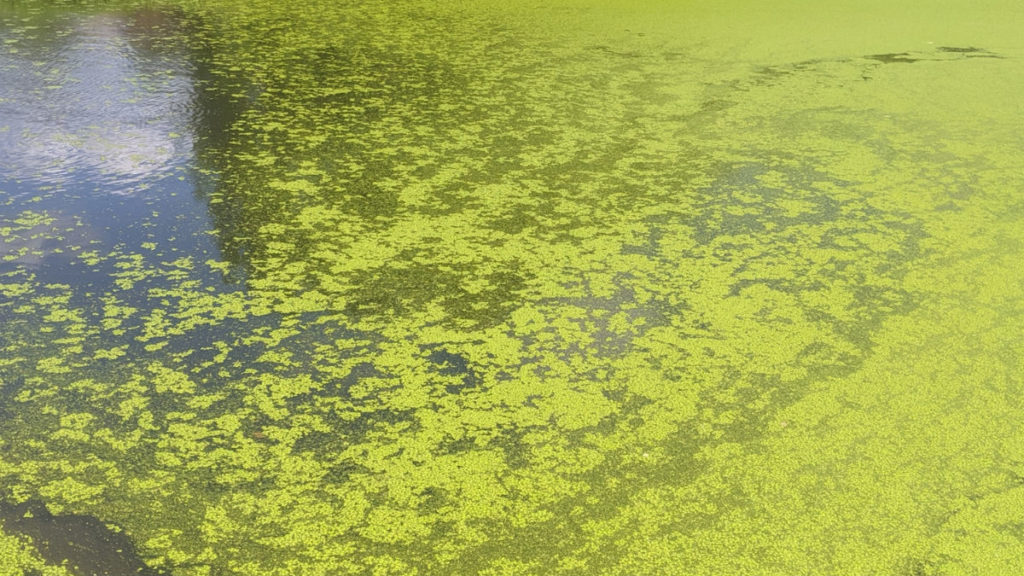
Green Algae
- Creates a green appearance
- Generally beneficial and desirable in a facultative lagoon
- Indicates a healthy pond
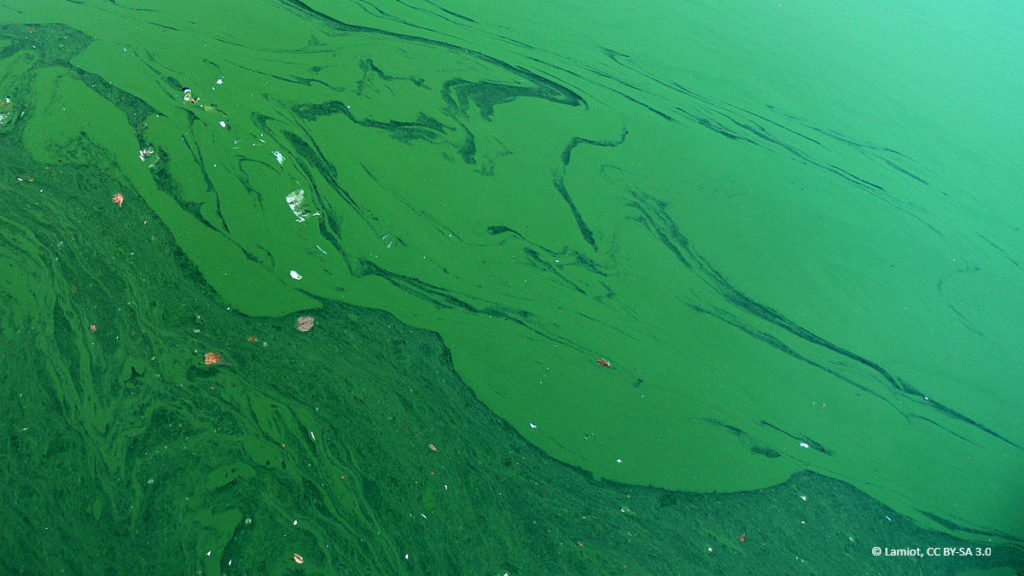
Blue-Green Algae
- Filamentous
- Caused by low pH/nutrient levels
- Can survive while higher animal forms (e.g. protozoa) consume the green algae
- Indicates a pond with issues
Algae is part of lagoon treatment
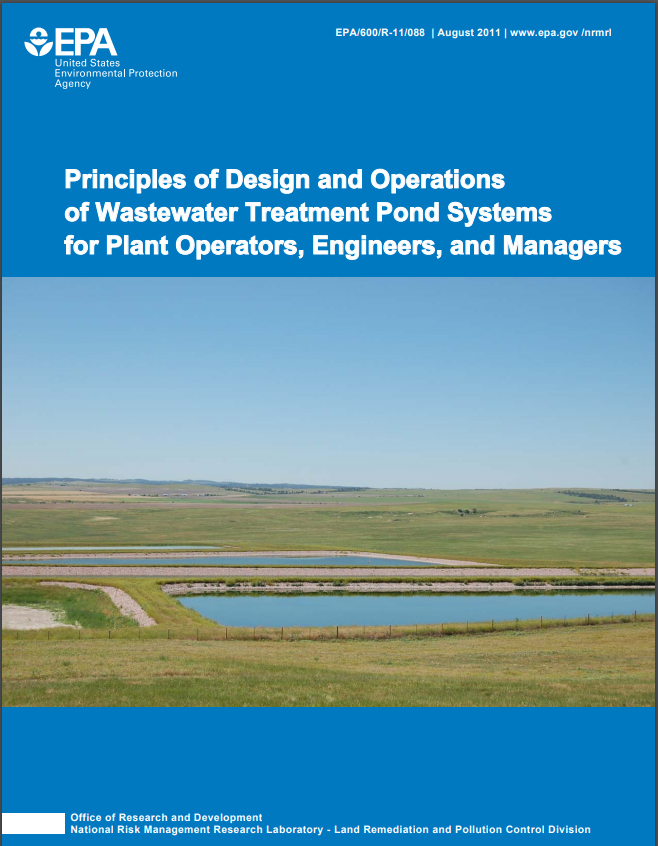
Problems algae causes
- Algae in effluent results in high TSS.
- Algae in the BOD5 sample bottle consumes O2 while incubating for 5 days, driving up the BOD5 test result.
- Seasonal die-off of algae contributes to solids accumulation. These solids are high in nutrients, such as ammonia and phosphorus, as algae assimilates these into its cell wall when it grows.
- Accumulation of dead algae in the sludge blanket can lead to feedback of nutrients when those solids break down anaerobically.
- Higher sludge levels reduce the depth of the lagoon, making it easier for algae to grow as sunlight can more easily penetrate the water column.
- O2 and pH both rise during the day and fall at night.
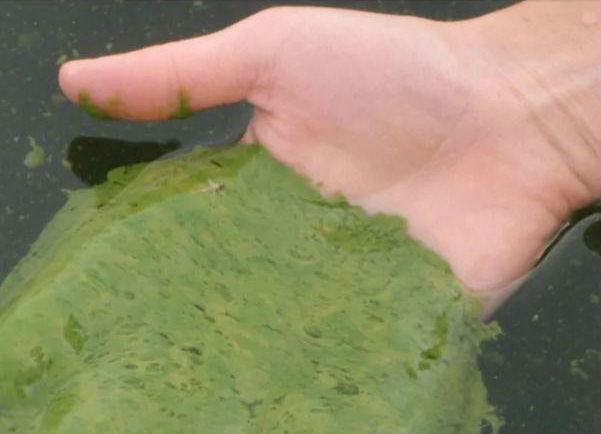
Solutions that treat the symptoms
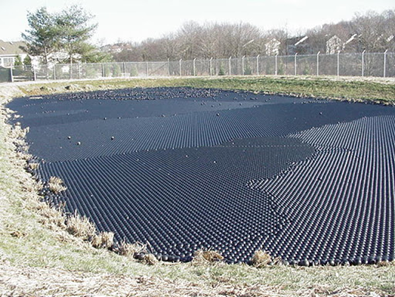
- Chemicals: Chemicals like copper sulfate can be used to raise the level of toxicity in the water so algae cannot grow. Algae then die and sink to the bottom. Continual application is necessary to control algae.
- Covers: Lagoon covers like Triplepoint’s AlgaeProtect eliminate sunlight and the opportunity for photosynthesis, preventing algae from growing.
- Ultrasonic: Ultrasonic emitters can either disrupt the algae’s cell wall, effectively killing it, or push the algae lower in the water column where it doesn’t get access to sunlight.
- Natural methods: Barley straw and grass carp can reduce algae.
Algae problems? AlgaeProtect has you covered!
Passive Algae Control
No chemicals, no dyes, no additives! Just put the cover on the lagoon and AlgaeProtect will block 99% of sunlight, reducing algae by over 50% in 3 days without aeration and 60% in 2 days with aeration.
Lowest Cost Solution
AlgaeProtect tiles are delivered in big bags, each with 37 m², and are simply dropped into the lagoon where the tiles will spread, float together, and cover the surface effectively to prevent algae growth. Tiles can be removed and used again.
No Maintenance
Tiles are made of robust HDPE with a life expectancy of over 20 years. The heavy weight and low profile of each tile provides for very high wind resistance and, unlike membrane covers, there will be no plant growth on the surface of the cover.
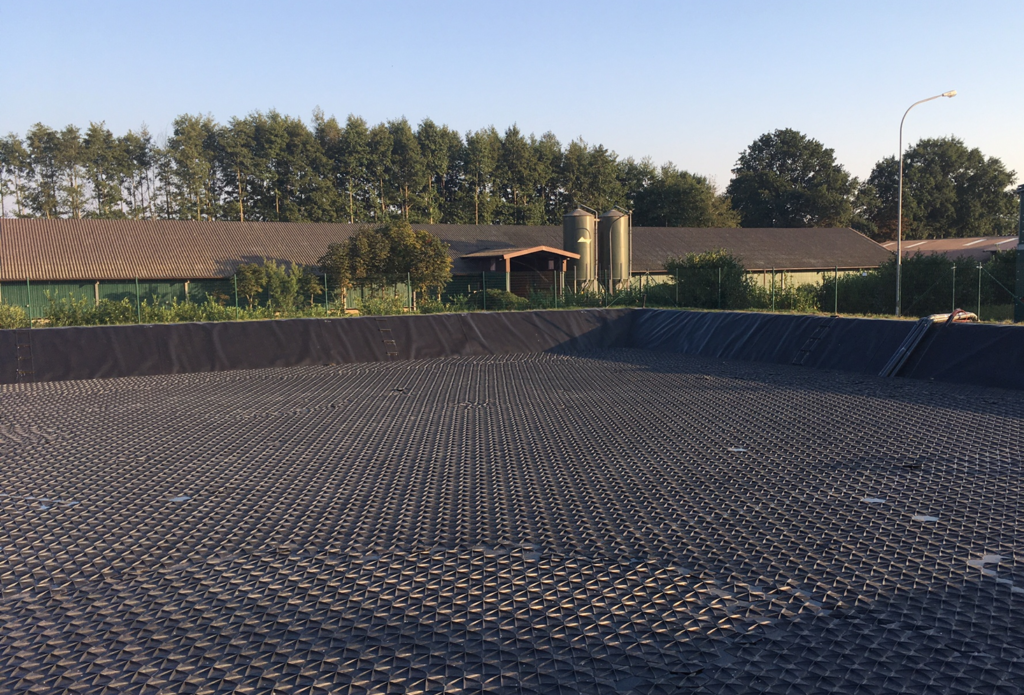
Download the AlgaeProtect flyer
Learn how AlgaeProtect prevents the growth of lagoon algae.
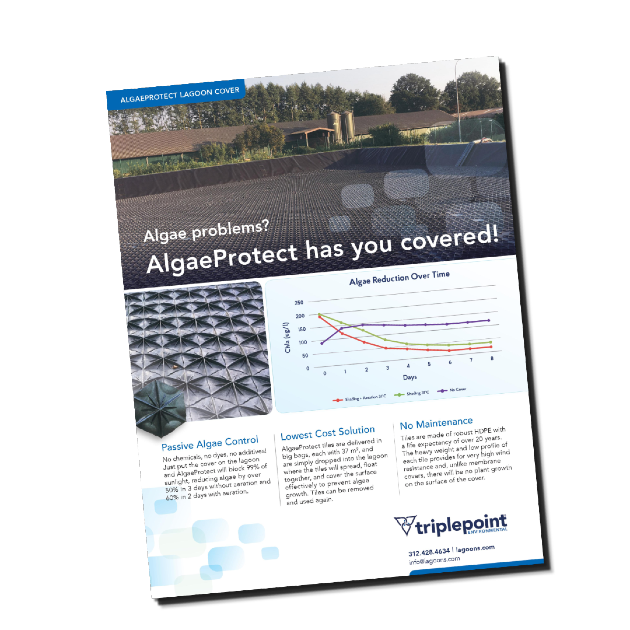
DOWNLOAD LITERATURE
Treat the cause
- Algae, like all plants, need nutrients to grow.
- Influent wastewater has nitrogen and phosphorus, which are fertilizer to the algae.
- Most of these nutrients are not treated in the lagoon and become part of the sludge blanket over time. Nutrients are contained in solids that settle and within the algae which dies off seasonally.
- Sludge buildup encourages algae to grow as sunlight can penetrate more easily to the bottom of a shallower lagoon, where algae form.
- In order to manage algae, you need to manage the sludge blanket.
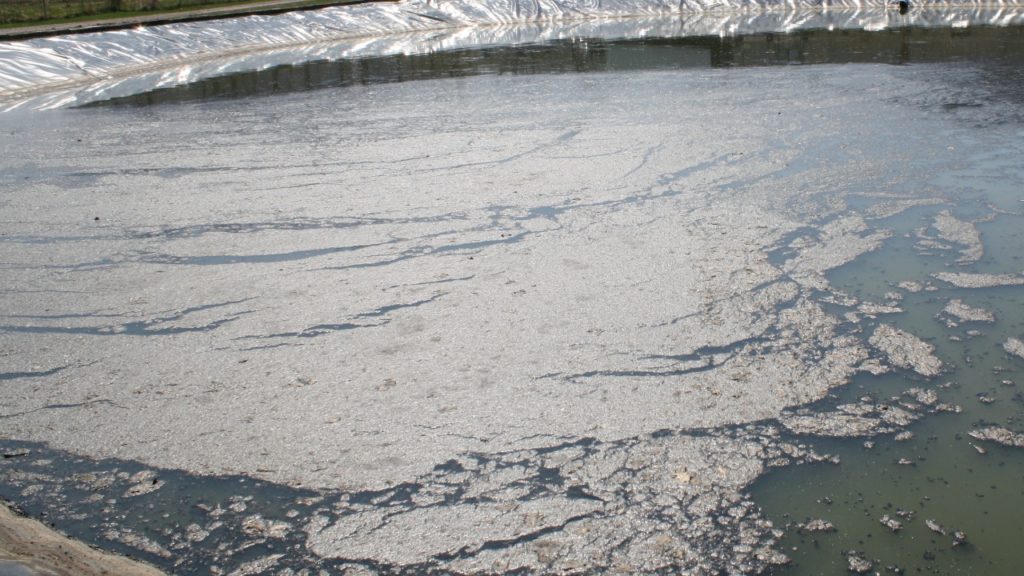
UP TO
2.4%/ft
SOTE
UP TO
7,800 gpm
pumpage
UP TO
30%
less weight

In-situ sludge reduction
- Multiple sludge reduction studies have been conducted with dual action coarse and fine bubble technology utilized by the Ares.
- Simply by providing more mixing and oxygen to lagoons, sludge can be reduced in place.
- Average level of sludge reduction is 45–50%.
Related Blog Posts
Excess algae can disrupt wastewater lagoon treatment. Learn the options for prevention and removal.
Blue-green algae blooms in a wastewater lagoon interfere with treatment; nutrients in effluent can cause blooms in receiving waters.
Answers to attendee questions from our free webinar on lagoon algae and duckweed, including duckweed disposal and grass carp.
Download the Ares Aeration brochure.
Learn how Ares provides superior lagoon aeration, reduces maintenance, and increases efficiency.
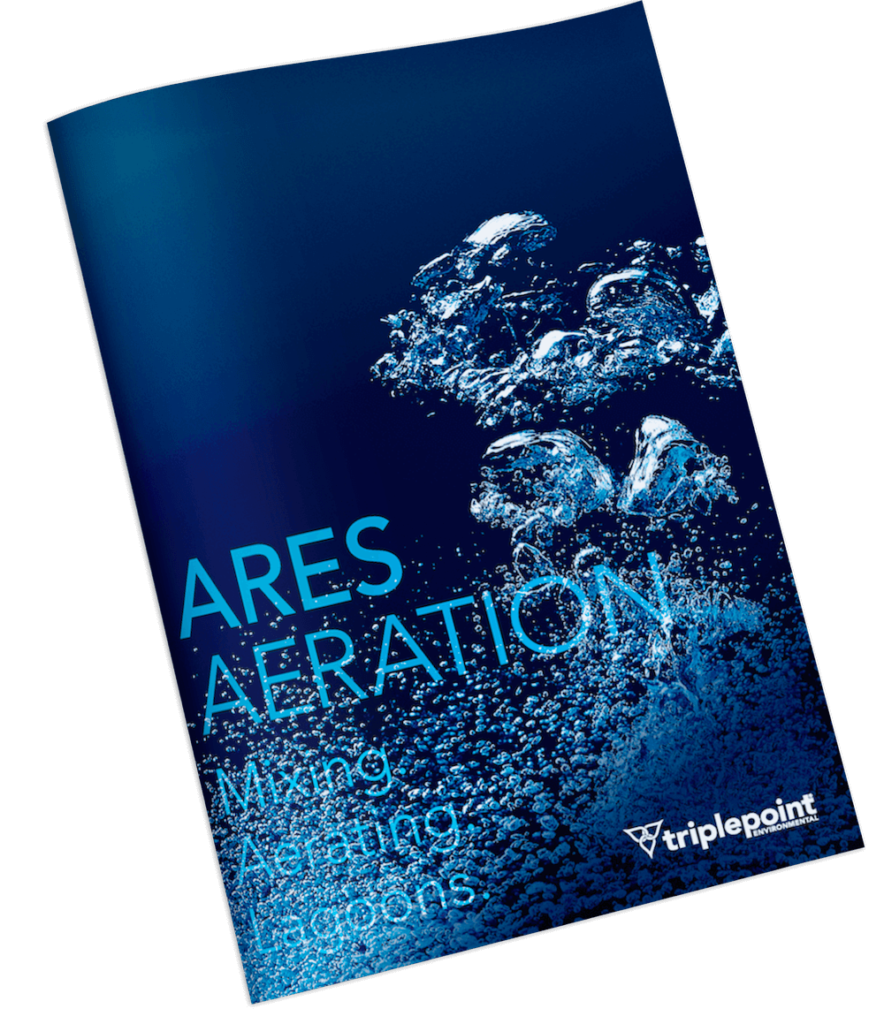
DOWNLOAD LITERATURE
Whether you’re looking for an ammonia solution for your lagoon or just have a quick question about algae, we’re here for you.
We want to be your #1 resource for all things wastewater lagoons. If we can help you, please don’t hesitate to get in touch.
Contact Us
"*" indicates required fields
We pledge to provide all our customers with the most authentic, long-term solution available. These solutions are built on the shoulders of more than 30 years of professional wastewater engineering experience. Our commitments to excellence, sound research, adaptability, and environmental consciousness separate Triplepoint from our competition.
We stand behind our products and processes. Every installation is backed by our Technology Performance Guarantee: We guarantee that our equipment will do what we say it will do.

